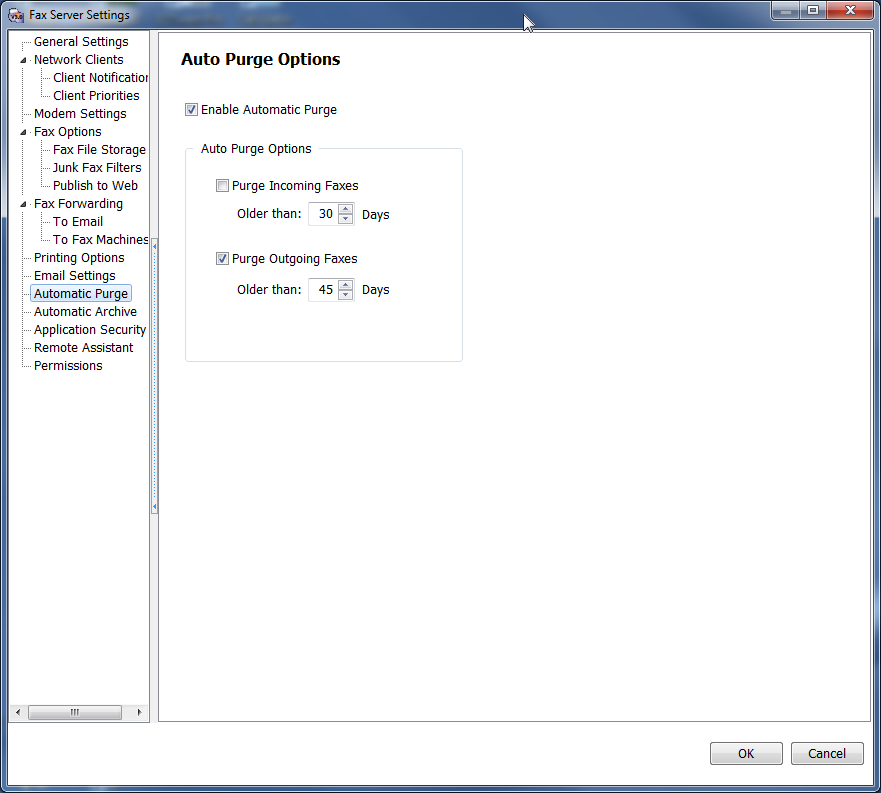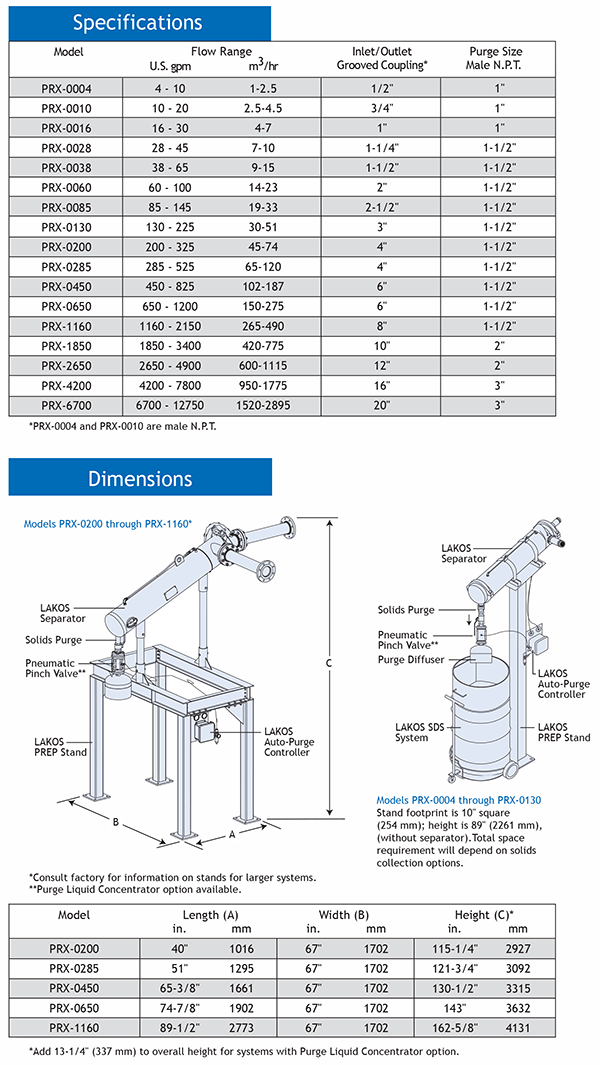

When the solvent is driven by gravity, the separation is very slow, and if the solvent is driven by vacuum, in a standard packed column, the plate height increases and the effect of the vacuum is negated. Classic liquid chromatography has several severe limitations as a separation method. While all of these basic principles hold true for all chromatographic separations, HPLC was developed as method to solve some of the shortcomings of standard liquid chromatography. HPLC as a solution to efficiency problems
Autopurge hplc manual#
Using an autosampler reduces manual labor and improves injection precision and accuracy compared to manual sample injection, an absolute priority for a quantitative HPLC analysis. An autosampler works by aspirating and injecting a precise sample volume into the mobile phase stream. At high flow rates the adsorption of the analyte to the stationary phase results in some of the sample lagging behind, which also leads to band broadening. After the pump, the mobile phase encounters the autosampler. The SIL-40 autosampler can process the entire injection cycle in as little as 7 seconds and the plate changers enable the non-stop temperature-controlled analysis of thousands of samples.

If the flow rate is too high, the mass transfer term (\(Cv\)) will increase and reduce column efficiency. The Nexera UHPLC increases efficiency by automating workflows and maximising throughput analyses. At low flow rates, the analyte spends more time at rest in the column and therefore longitudinal diffusion in a more significant problem. \)) will increase significantly, which will increase plate height.


 0 kommentar(er)
0 kommentar(er)
